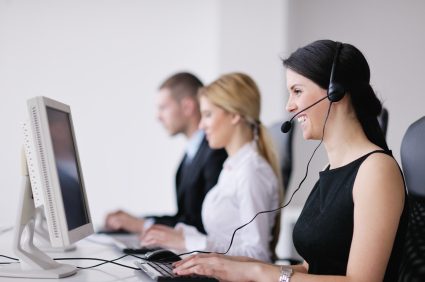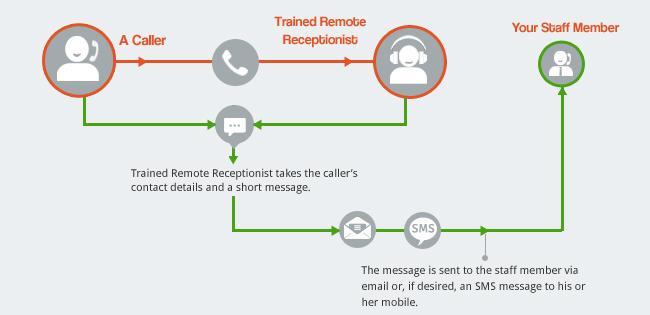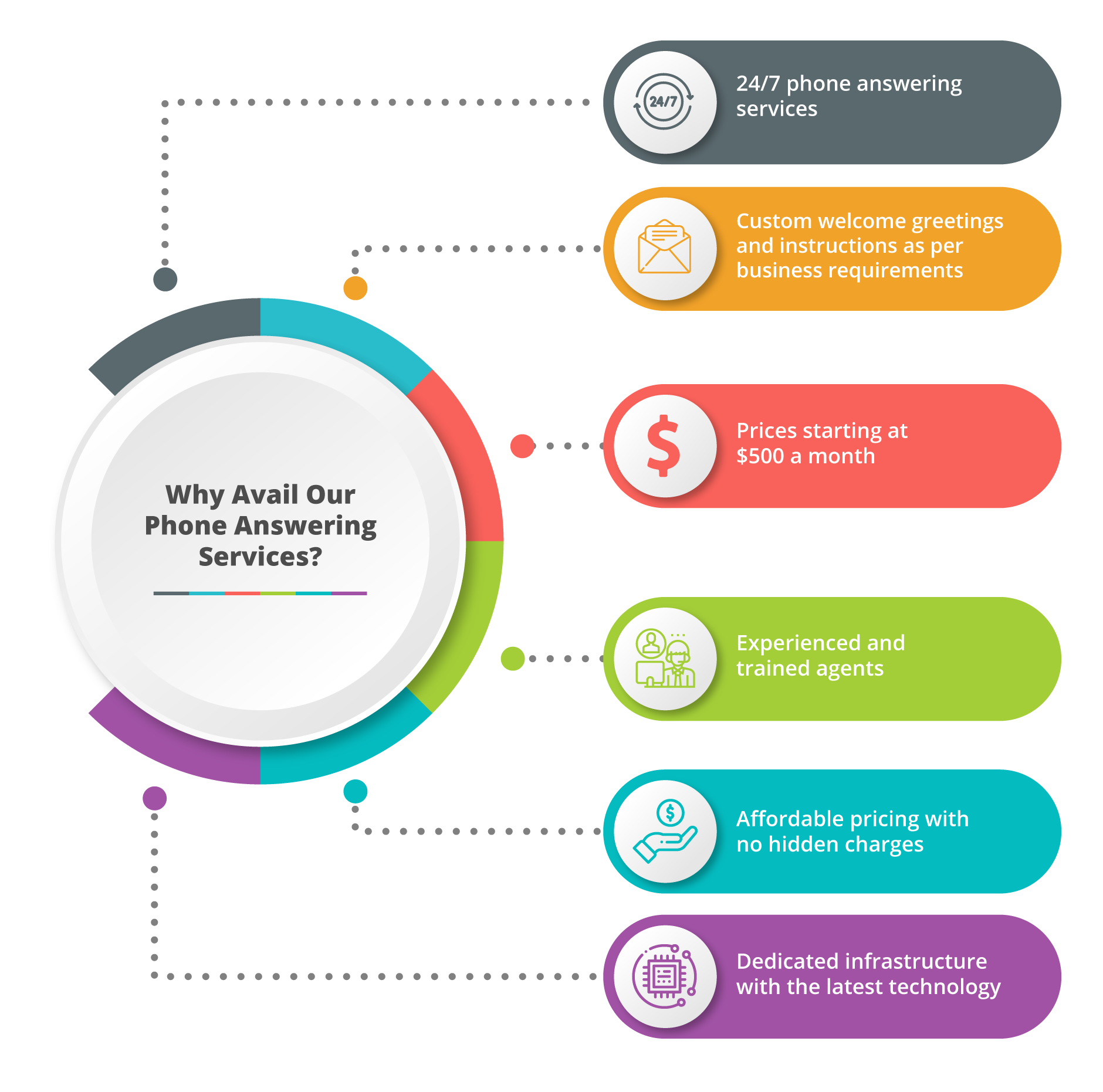All Categories
Featured
Table of Contents
What's The Best What Is A Phone Answering Service? Brand
This device and its successors were created by Sava Jacobson, an electrical engineer with a personal consulting company. While early voice mail used magnetic tape innovation, many modern equipment utilizes solid state memory storage; some devices utilize a mix of both, with a solid-state circuit for the outbound message and a cassette for the incoming messages.
"toll conserving" listed below) (professional phone answering service). This is beneficial if the owner is evaluating calls and does not wish to consult with all callers. In any case after going, the calling celebration must be notified about the call having been answered (for the most part this begins the charging), either by some remark of the operator, or by some welcoming message of the TAD, or dealt with to non-human callers (e.
This holds specifically for the Little bits with digitally stored greeting messages or for earlier machines (before the rise of microcassettes) with an unique limitless loop tape, separate from a second cassette, committed to recording. There have been answer-only devices with no recording capabilities, where the welcoming message needed to notify callers of a state of current unattainability, or e (business answering service).
Best Faqs - The Phone Answering To Buy

about availability hours. In taping Little bits the welcoming generally includes an invite to leave a message "after the beep". A voice mail that uses a microcassette to tape-record messages On a dual-cassette answerphone, there is an outbound cassette, which after the specified number of rings plays a pre-recorded message to the caller.

Single-cassette answering devices consist of the outbound message at the start of the tape and inbound messages on the remaining space. They initially play the statement, then fast-forward to the next readily available space for recording, then record the caller's message. If there are numerous previous messages, fast-forwarding through them can cause a substantial hold-up.
This beep is typically referred to in the welcoming message, requesting that the caller leave a message "after the beep". Little bits with digital storage for the recorded messages do not show this delay, of course. A TAD may use a remote control facility, where the answerphone owner can sound the house number and, by entering a code on the remote telephone's keypad, can listen to recorded messages, or delete them, even when away from house.
What Is The Best Automated Answering Services - How Do They Work? Product?

Thus the machine increases the variety of rings after which it responds to the call (normally by 2, resulting in four rings), if no unread messages are currently stored, however answers after the set number of rings (usually two) if there are unread messages. This allows the owner to discover out whether there are messages waiting; if there are none, the owner can hang up the phone on the, e.
Some devices likewise allow themselves to be remotely triggered, if they have actually been changed off, by calling and letting the phone ring a particular large number of times (typically 10-15). Some provider abandon calls currently after a smaller sized variety of rings, making remote activation impossible. In the early days of Littles a special transmitter for DTMF tones (dual-tone multi-frequency signalling) was regionally required for push-button control, since the formerly used pulse dialling is not apt to communicate appropriate signalling along an active connection, and the dual-tone multi-frequency signalling was carried out stepwise.
Any incoming call is not identifiable with regard to these properties in advance of going "off hook" by the terminal devices. So after going off hook the calls should be switched to appropriate devices and only the voice-type is immediately accessible to a human, but possibly, nonetheless should be routed to a LITTLE (e.
Who Is The Best How Does An Answering Service Work? Provider
What if I informed you that you do not have to in fact get your device when answering a client call? Another person will. So hassle-free, ideal? Addressing call does not need somebody to be on the other end of the line. Efficient automated phone systems can do the trick simply as efficiently as a live agent and in some cases even better.
An automatic answering service or interactive voice action system is a phone system that communicates with callers without a live individual on the line - business call answering service. When business use this technology, customers can get the answer to a concern about your company merely by utilizing interactions set up on a pre-programmed call circulation.
Although live operators update the customer support experience, many calls do not need human interaction. An easy recorded message or directions on how a customer can recover a piece of details generally resolves a caller's instant need - answering service. Automated answering services are an easy and efficient method to direct inbound calls to the right individual.
What Is The Best The Ultimate Guide To Telephone Answering Services And Why
Notification that when you call a business, either for assistance or product inquiry, the first thing you will hear is a pre-recorded voice welcoming and a series of choices like press 1 for customer support, press 2 for inquiries, and so on. The pre-recorded options branch off to other options depending upon the customer's selection.
The phone tree system helps direct callers to the ideal person or department utilizing the keypad on a cellphone. In some instances, callers can utilize their voices. It's worth noting that auto-attendant alternatives aren't restricted to the 10 numbers on a phone's keypad. When the caller has actually picked their very first choice, you can create a multi-level auto-attendant that uses sub-menus to direct the caller to the best kind of help.
The caller does not have to interact with a person if the auto-attendant phone system can handle their concern. The automatic service can route callers to an employee if they reach a "dead end" and need help from a live representative. It is expensive to hire an operator or executive assistant.
What Is The Best Answering Adelaide - Phone Answering Services Brand
Automated answering services, on the other hand, are significantly more economical and provide substantial cost savings at an average of $200-$420/month. Even if you don't have actually committed personnel to handle call routing and management, an automatic answering service enhances productivity by enabling your team to focus on their strengths so they can more efficiently spend their time on the phone.
A sales lead routed to customer service is a lost shot. If a consumer who has item concerns reaches the incorrect department or receives incomplete answers from well-meaning workers who are less trained to deal with a particular type of concern, it can be a reason for frustration and discontentment. An automatic answering system can minimize the number of misrouted calls, thereby assisting your staff members make much better usage of their phone time while maximizing time in their calendar for other jobs.
With Automated Answering Systems, you can create a tailored experience for both your personnel and your callers. Make a recording of your main welcoming, and simply update it routinely to reflect what is going on in your company. You can develop as lots of departments or menu options as you desire.
Latest Posts
Fast Virtual Phone Answering Near Me – QLD
Call Answering Service Near Me – Perth
Efficient Small Business Answering Service ( Australia)